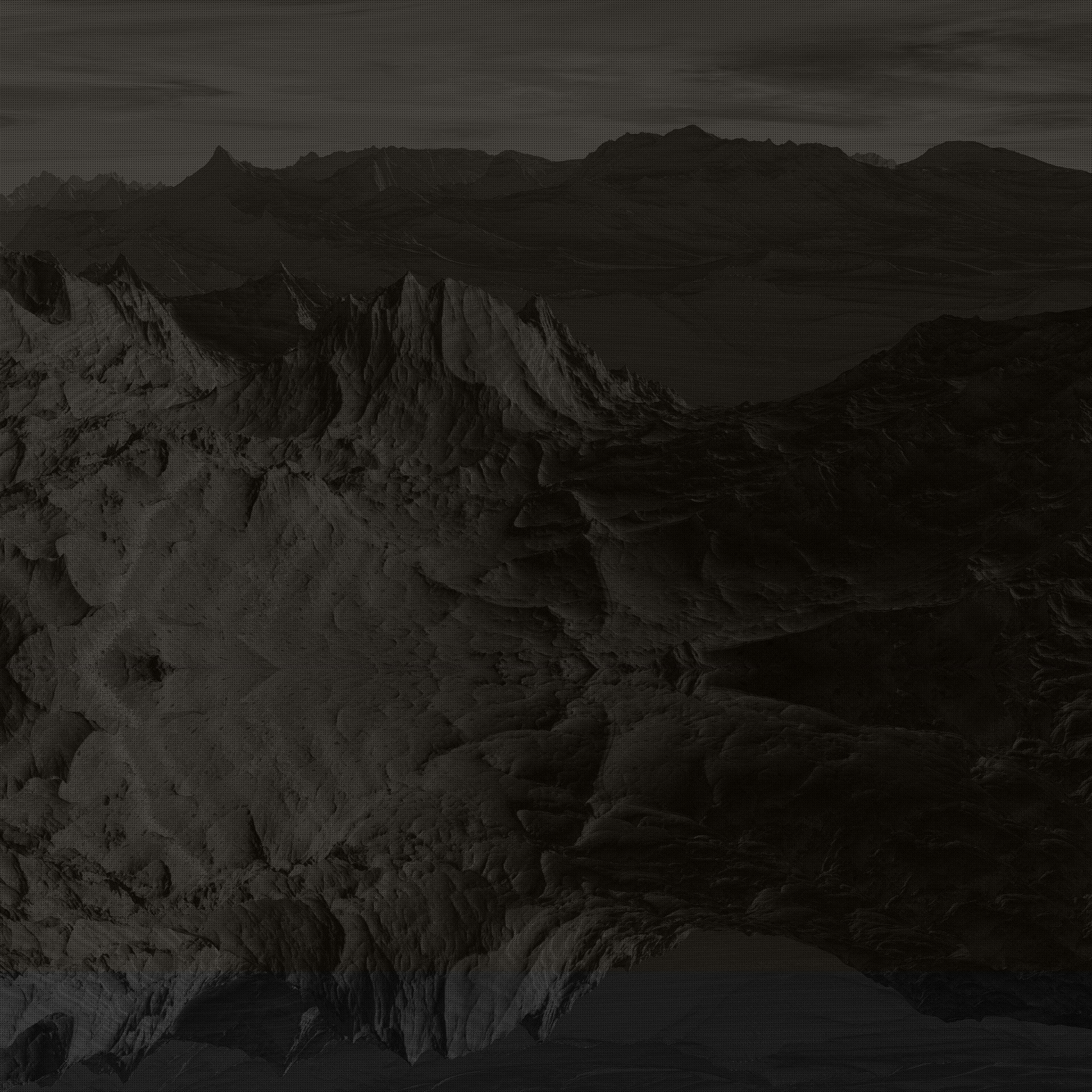
THE FUTURE IS WILD™ @ THE HILLOCKS
AN EXPERIENCE UNDERPINNED BY REGENERATIVE DESIGN VALUES
REGENERATIVE TOURISM
Tourism is criticized for the negative impact it has on our environment and the wider natural world.
Overcrowding caused by high visitor numbers, trampling of fragile landscapes, and the effects of waste and litter are well-known effects.
But it is also possible for tourism to achieve positive environmental outcomes. This is the primary focus of the Future is Wild. The aim is to equip participants with skills, knowledge and practical experience aligned with FIW’s core principles.
We need to reforest our fragile landscapes.
Across Aotearoa New Zealand many forests and wetlands have been destroyed. Much of those remaining have been compromised by invasive animal and plant pests.
Only 150 years ago the Hillocks site was covered in Tawhai Raunui (Red Beech) and Tawhai Rauriki (Mountain Beech). The FIW experience leads visitors through this story of change and the part each can play in positively caring for our environment. At a key moment in the experience each person chooses a native seedling from the nursery, and virtually watches it grow. It is given back to the FIW team to be planted on their behalf. It is estimated that every year, this will result in over 12 hectares of land being restored to native forest, and the whole property returned to native species in 4-6 years. Our close partnership with two Ngai Tahu non-profit organisations, Te Tapu O Tane and Murihiku Regeneration will ensure a positive and sustainable implementation of the entire restoration activity.
We are committed to extending our positive environmental footprint, focusing on our planting projects, in conjunction with community groups in Glenorchy and the wider Queenstown Lakes Area. This same model will be applied to other FIW sites as these are developed.

We need to be zero waste.
At FIW, ‘cradle to cradle’ principles will be applied to all aspects of the experience. This includes a regenerative approach to food and drinks services in which all materials are composted (on-site), recycled and where possible, upcycled.
The same approach will be applied to the constructed facilities, where a minimal environmental footprint and readily recyclable materials will be used. Design for disassembly principles are also applied across all building and infrastructure.
Green IT approaches are employed in all computing and VR provisioning. As technology upgrades occur, computing equipment will be donated to schools and community groups in the region to ensure ongoing use.
We need to be carbon zero.
The effects of carbon are pervasive. Government, communities, businesses and individuals must all play a role in reducing carbon pollution.
FIW strives to be completely powered by renewable energy sources including on-site solar and micro-wind generation. All FIW vehicles will be electric, and incentives will be offered to patrons who use carbon-responsible means of travel to come to the Hillocks.
FIW will maintain robust carbon accounting records for its activities (including visitor transport options used to come to the Hillocks), so the level of effects can be calculated and offset against its native forest planting programme, which if required will be supplemented by other native forest planting within Aotearoa New Zealand.



We need to plant the seed of the possibility of a better future in each of us.
The interactive Exhibit Area, Nursery and all other buildings on site are built exclusively with renewable primary products. It engages people with ways in which we can play a positive part in looking after our environment. The focus is on sharing practical steps and tools about we can use in our daily lives. Visitors are encouraged to take time to explore this. It is a critical component of the experience which provides visitors ‘tactile’ interactions that complement the VR/headset experience.
It is also where we will provide further focus for student groups. Links will be provided to NZ’s educational institutions and their Curriculum. Close collaborations with i.e. Tūhura Otago Museum will link FIW with existing educational institutions not only to see ‘authentic’ taonga such as the moa and pouakai, but also to be included in their cultural and educational outreach programs.

Innovation underpins the regenerative tourism experience.
FIW has brought together a team of local and international experts skilled at creating an experience that genuinely delivers on the leading role regenerative tourism can play in restoring nature in Aotearoa New Zealand.
Leading the Future is Wild design team is Dr Mick Abbott. Mick is Director of the design and research group wildlab.org.nz. He is also Emeritus Professor in landscape architecture at Lincoln University, and an international expert in designing regenerative landscapes and experiences.
Previous projects includes
-
Reduce waste and carbon for Air New Zealand and Antarctica New Zealand,
-
Develop regenerative tourism experiences for the Eden Project, DOC, Te Araroa Trust, Conservation Volunteers NZ, Tourism West Coast and with iwi across Aotearoa.
-
Regenerative farm design projects for Yealands Estates, Ngai Tahu Property, Pyramid Valley Wines and Lincoln University.
